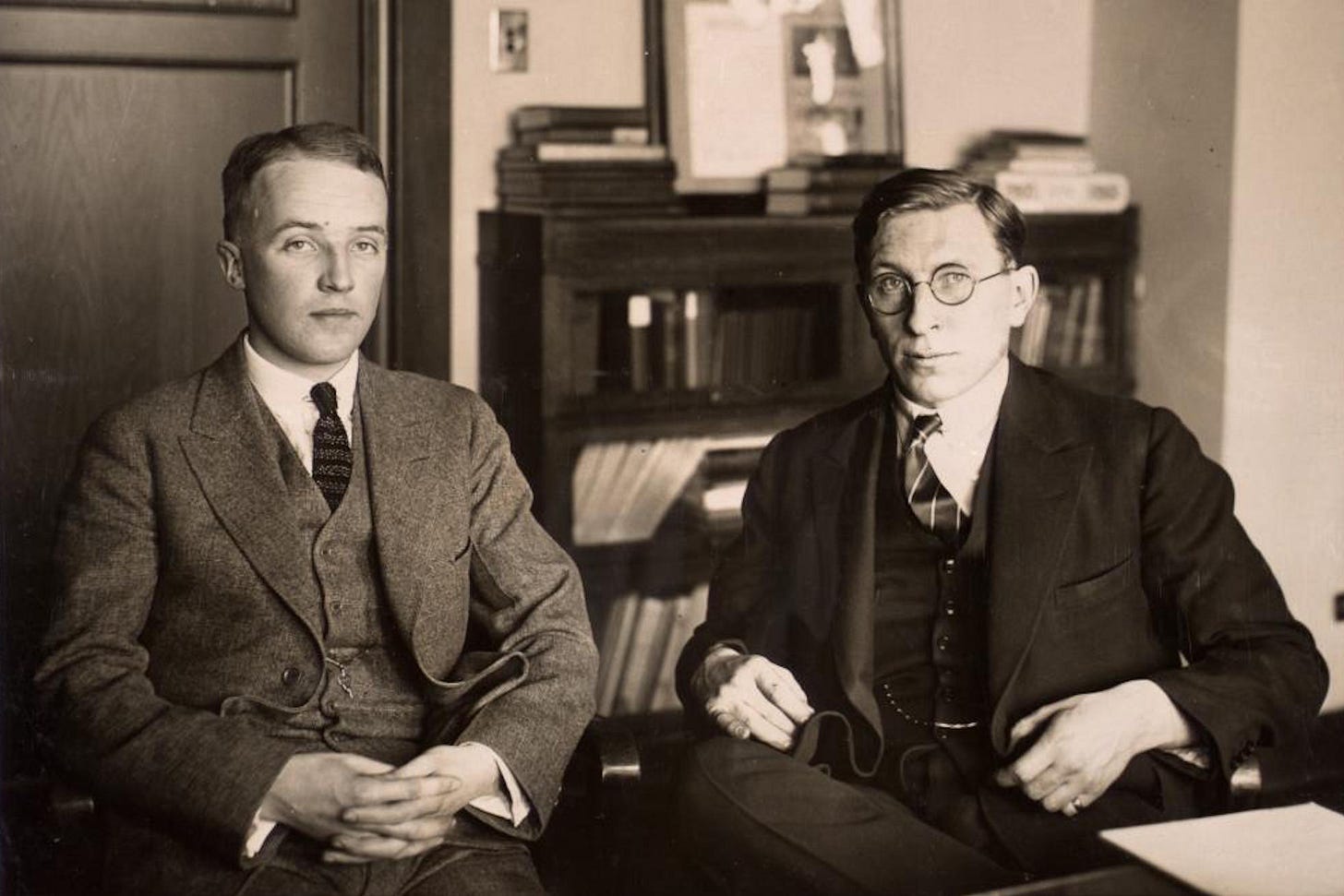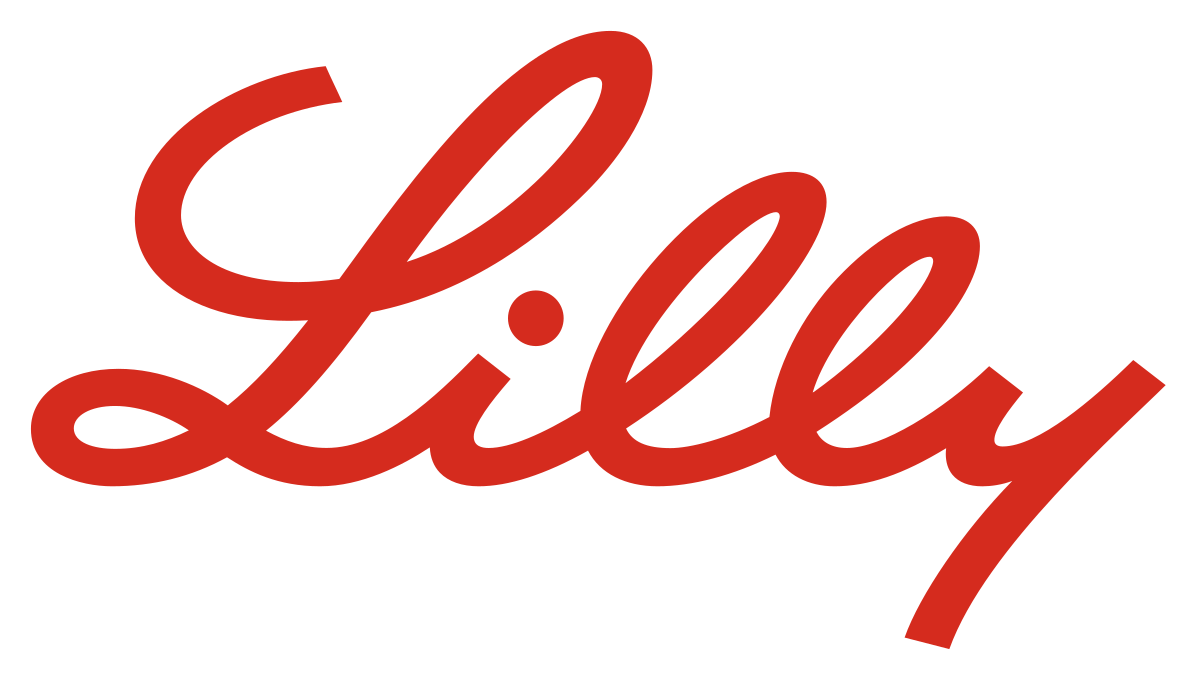See image credits below.
The following is an excerpt from p. 110-112 of Chapter 2, “Sugar is the Knife: The World’s Favorite Drug” from my new book, Drugism (2022):
[This excerpt is the 2nd in a 3-part series exploring sugar, diabetes, and the political/economic underpinnings of the insulin market. Read Part 1 here.]
Insulin has been known of since at least 1910, when Edward Sharpey-Schafer gave it the name after observing its secretion from the pancreas.[i] Eleven years later, two University of Toronto scientists determined that insulin is responsible for controlling glucose. Their names were Frederick Banting and Charles Best. (We should also note the many dogs, cats, rabbits, and other animals who unwillingly gave their lives to Banting’s and Best’s insulin work). In 1923, two years after their (rather bloody) discovery, Banting and Best altruistically sold the patent for insulin to the University of Toronto for one dollar, hoping such a move would enable wide access.
But Banting and Best’s dream of easy access was hampered, at least stateside, by the pharmaceutical company Eli Lilly. Eli Lilly was given distribution rights for insulin in the US.[ii] Lilly was not concerned with Banting and Best’s altruistic motives. Instead of using the opportunity to create wide access to insulin, they took the opportunity to create profits, as any pharmaceutical company would. Eli Lilly’s domination of insulin distribution began the long, crooked path of, frankly, fucked up insulin politics which continues to this day.[1]
A year after Banting and Best sold the patent for insulin, the Rockefellers announced that they would grant funds to support insulin access. Through their Rockefeller Institute, they started a program to provide insulin to “select hospitals in the United States and Canada,” for “patients who otherwise could not afford the new drug.”[iii] At least one Rockefeller employee with diabetes, in discussion with their boss, John D. Rockefeller, assured him that the insulin program would be “the greatest philanthropic plum of the generation waiting to fall into your hands.”[iv]
And you would be fair to wonder what interest the Rockefellers had in diabetes treatment.







